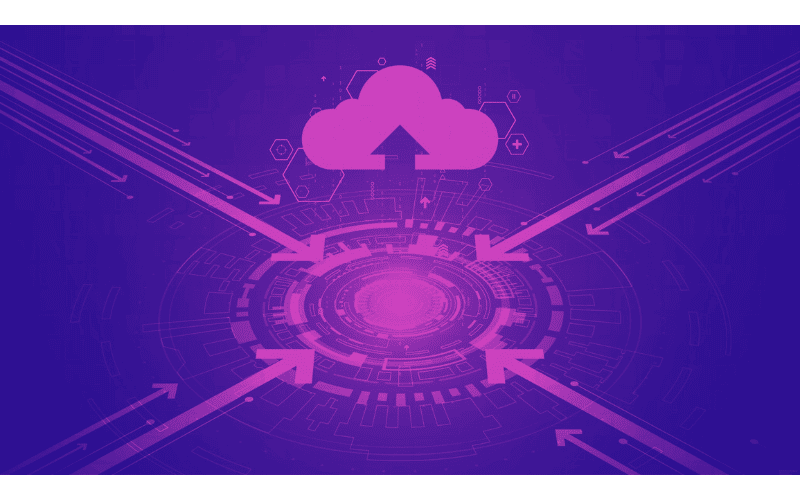In the Aerospace & Defense value chain, the large tier-one OEMs have made significant investments in IT to both comply with customer and governmental requirements and Togo-defined productivity (productivity, relative to the U.S.). They have invested in technology that drives the business across the entire product lifecycle, from design, through manufacturing to sales and delivery, as well as after-delivery service. In order to increase their competitiveness, most are demanding their suppliers invest in similar and compatible technology. For many tier-two or tier-three suppliers, IT investments have proven challenging when trying to meet pricing, quality, delivery, and production. The capital outlays for both the IT infrastructure and the software that both meet the stringent security requirements in the A&D sector and provide compatibility with the systems used by the OEMs are significant. As capital becomes more expensive, as expected over the next 24 months, many small to midsized enterprises (SMEs) will struggle to digitalize while remaining competitive. One way to level the playing field with the large companies is to adopt the same technology they use but in a way that keeps it affordable. Fortunately, there is a way and that is to consider a software as a service (SaaS) approach, leveraging the secure Cloud solutions available.
Cloud Security is Accessible
One of the biggest challenges in the A&D value chain has always been complying with the security requirements in the sector such as ITAR. Today all the major Cloud platform providers such as Microsoft Azure and Amazon Web Services offer secure versions that meet and usually exceed government requirements, including secure government clouds. These services provide a platform that many of the software suppliers that serve the A&D sector such as ERP, PLM, and manufacturing operations companies are using to host their offerings. Any member of the A&D value chain can then use those offerings knowing that security requirements will be met.
SaaS is Affordable
By deploying in the Cloud, the capital investment for infrastructure is eliminated. By considering deploying software as SaaS, the capital cost for the software can become an expense and made more affordable. Most S/W suppliers have recognized that to drive SaaS adoption they need to have flexible pricing that is both user and functionality based. This means that SMEs can ease into technology at a pace that provides them with the functionality they need for appropriate users at prices that match the value they receive.
Another aspect of SaaS that impacts affordability is that of software maintenance. When deploying software, either on-site or hosted, in a perpetually licensed model, there are always ongoing maintenance fees and costs associated with periodic upgrades. In the SaaS model, maintenance costs are built into the subscription pricing and upgrades happen in the background, usually in a transparent and continuous process with minimal impact on end-users. The predictability of pricing in the SaaS Model is what has driven so many large companies to move to SaaS themselves. SMEs can derive the same advantages.
Manufacturing Operations Planning SaaS is Smart
While many companies have considered deploying their ERP or PLM applications via SaaS, they have been reluctant to look at the Cloud for their operational technology such as their manufacturing operations planning and execution solutions. In the past, concerns about responsiveness and reliability caused many companies, even OEMs, to think that on-premise was the best approach for operational technology (OT). However, over the last couple of years, situations like the COVID pandemic and the workforce demanding more flexibility allowed SaaS to be proven as a viable and reliable way to deploy MES. The leading MES providers in the A&D sector, including iBase-t, are all adopting SaaS as a way to deliver superior functionality and service to their customers at prices that are mutually beneficial. By adopting the same MES capabilities as the OEMS use, SMEs can more tightly integrate themselves into the A&D value chain and become more competitive.






